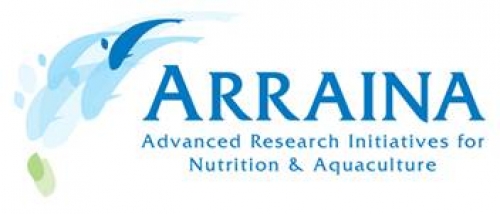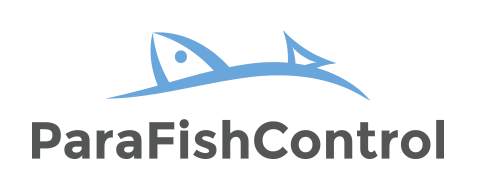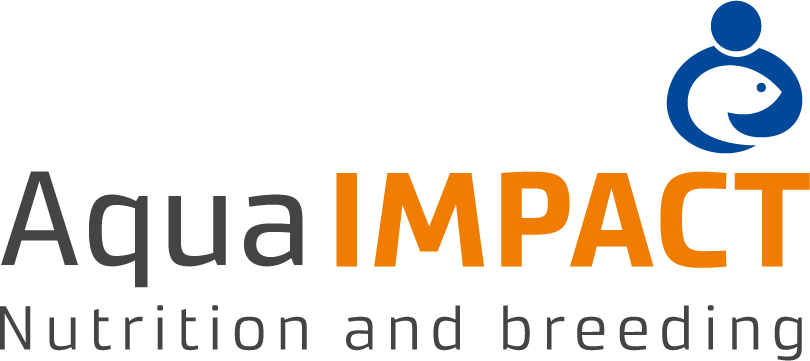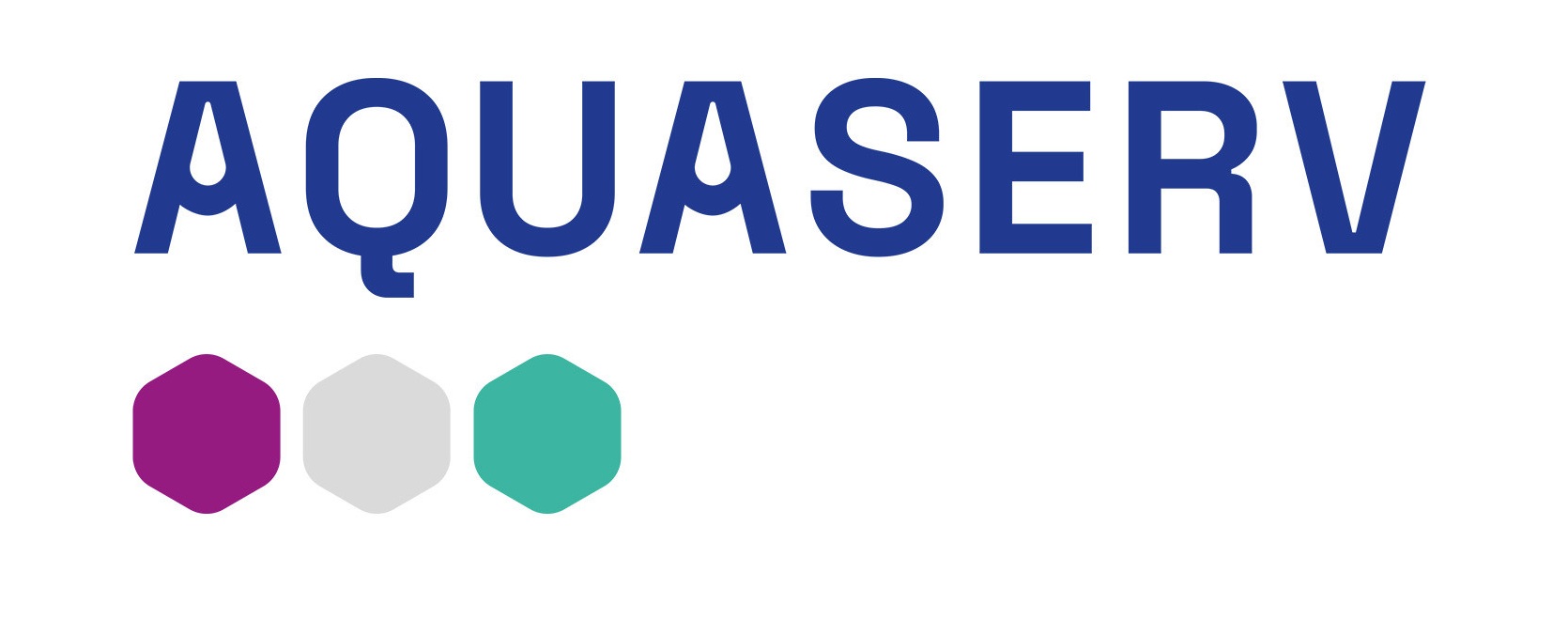Serum metabolome markers of intestinal parasitic infection in gilthead sea bream2019-11-21
Researchers of IATS-CSIC Nutrigenomics group and Fish Pathology group, in collaboration with Universitat Jaume I, Universidad de Cadiz and Portuguese Algarve University, have recently reported the effect of the myxozoan parasite Enteromyxum leei on gilthead sea bream gut integrity and permeability.
The response to an experimental infection with E. leei was studied by means of immunocytochemistry, electrophysiology, metabolomics and intestinal permeability analysis techniques.
This work provides the first functional evidence of the degradation of intestinal integrity caused by this parasite. Differences in serum metabolome in infected fish has highlighted valuable information about markers of parasite infection. In this regard, serum levels of creatine and inosine become excellent markers for discriminating infected and non-infected fish.
This work, which constitutes and important advance on the physiopathology of enteritis, and opens the possibility to new palliative procedures, has been funded by National and European (AQUAEXCEL2020 and ParaFishControl) Projects, and has been recently published in the Open Access journal Parasites & Vectors.

Photomicrographs of gilthead sea bream sections of anterior intestine immunolabelled (brownish colour) with antibodies against claudin 3 (CLDN3), tight junction protein 1 (TJP1) and E-cadherin (CDH1). For each intestinal segment, the upper panel corresponds to control healthy fish and the lower panel to Enteromyxum leei-parasitized fish. Arrowheads point to some labelled parasitic stages, and arrows to some of the positive immunostaining of control fish.













